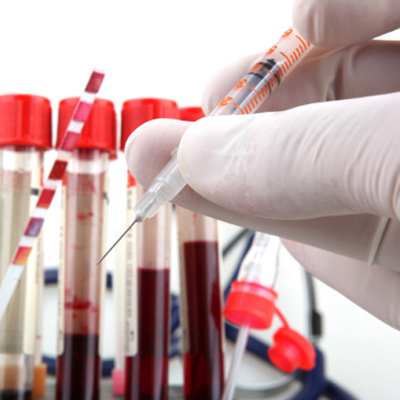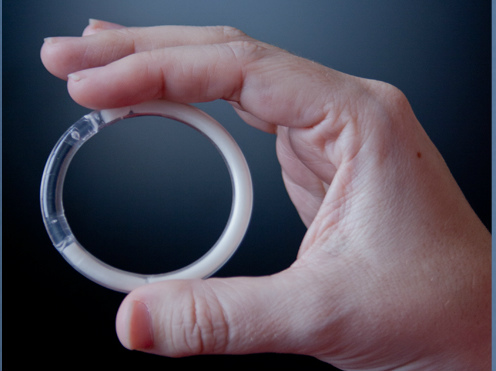
U.S. scientists have discovered the basic mechanisms that allow HIV to wipe out the body’s immune system and cause AIDS, which could lead to new approaches to treatment and research for a cure for the disease that affects 35 million people around the world.
Instead of actively killing immune system cells known as CD4 T cells, much of the damage done by HIV occurs when the virus tries to invade these cells and fails, triggering an innate immune response that causes the cells to self-destruct in a fiery kind of cell suicide known as pyroptosis.
The findings, published simultaneously in the scientific journals Science and Nature, also suggest that an experimental anti-inflammatory drug owned by Vertex Pharmaceuticals Inc that has already been tested in people with epilepsy could be repurposed as a possible new treatment for AIDS.
“Our papers deal with the fundamental issue that causes AIDS, and that is the loss of CD4 T cells,” said Dr Warner Greene of the Gladstone Institutes, an independent biomedical research nonprofit based in San Francisco, whose lab produced the research in both papers.
Dr Anthony Fauci, director of the National Institute of Allergy and Infectious Disease, said the papers offer an “elegant” solution to a question that has eluded scientists since the virus was first identified in 1983.
Greene said for years, scientists had thought that HIV killed immune system cells by infecting them directly, hijacking their DNA machinery and turning them into virus-producing factories.
But this only happens to a small portion of CD4 T cells. In a series of experiments in human spleen, tonsil and lymph node tissues from HIV-infected patients, the Gladstone scientists discovered that the real damage of HIV infection occurs in so-called “bystander cells,” the most common type of CD4 T cell.
These cells are in a resting state, so when the virus attacks, it is unable to hijack them, and aborts the attempt.
But the damage is done. These so-called abortively infected immune cells release a protein that activates an enzyme called caspase-1, which causes the highly inflammatory form of cell suicide, pyroptosis.
“The cell is committing suicide in a vain attempt to protect the host,” Greene said. “The abortive process releases a call for help from new CD4 cells, who then fall victim to this fiery death.”
In the paper published in Science, the Gladstone team identified a mechanism that detects the damaged cells and triggers this cell death pathway.
“This idea that CD4 depletion is more of a cellular suicide than it is a murder by the virus is a new and important concept,” Greene said.
In the paper published in Nature, the team explored the implications of blocking this cellular suicide with experiments using anti-inflammatory drugs that block the caspase-1 enzyme, including the Vertex drug VX-765.
Greene said the company tested the treatment in patients with a chronic seizure disorder who would not respond to normal anti-epileptics, but the effect was not strong enough to continue development.
What they did find in a six-week clinical trial in people is that the drug was safe and well-tolerated.
“We would like to see if that drug could be repurposed to prevent inflammation in CD4 T cell loss in HIV infection,” Greene said.
Gladstone is in talks with Vertex to gain access to the drug for clinical trials as a potential new treatment for HIV infection. Such a drug could have three potential applications.
It could be used globally as a stop-gap treatment for the 16 million individuals who are infected with HIV but do not have access to antiretroviral therapy or ART, the highly effective medicines that keep HIV from replicating in the body.
Because the drug fights the inflammatory response linked with HIV infection, it might also be useful in addition to ART as a way of preventing the long-term consequences of HIV infection, such as early dementia, heart attacks and cancer.
Greene thinks the drug might even be useful in the research for an HIV cure, helping to flush out parts of the virus that go into hiding and cause the infection to start up again once people stop taking antiretroviral therapy.
At this point, all of these potential uses are theoretical, Fauci said. “It still remains to be seen what the ultimate practical usage of this is, but nonetheless, it’s still a significant paper.”
Greene said his team is in negotiations with Vertex for access to its drug, and hopes to come to an agreement soon as to how to proceed. “For the benefit of HIV-infected individuals, this merits testing.”
Source: IBN Money











